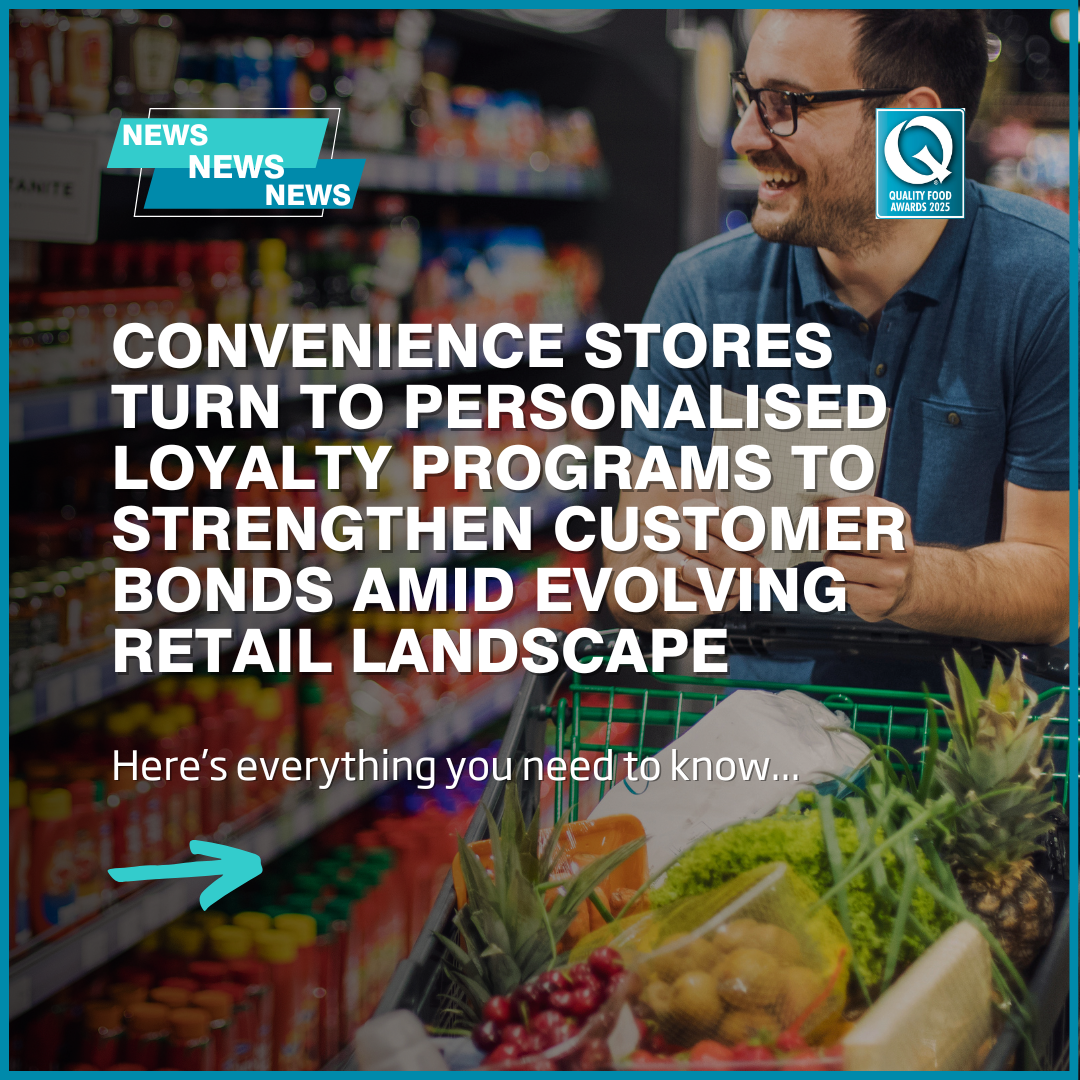
Convenience stores turn to personalised loyalty programs to strengthen customer bonds amid evolving retail landscape
At the PDI Connections Live conference, industry experts highlighted how tailored, seamless loyalty strategies, including digital, physical, and employee-driven initiatives, are transforming convenience store customer retention and sales amid increased competition and inflationary pressures.
Loyalty programs have evolved from being mere perks to becoming an expected feature among consumers, particularly in the convenience store sector. This shift was a central topic at the recent PDI Connections Live conference in Denver, where industry professionals highlighted how enhancing loyalty strategies can significantly boost customer engagement and sales.
Mike Melson, Senior Vice President of Payments & Loyalty at PDI Technologies, emphasised the importance of engaging consumers at every possible touchpoint within a retail site to create a seamless experience. According to Melson, a successful loyalty program must transcend digital platforms to ensure a compelling physical experience at the store. This integration between digital and physical channels is critical, as convenience store transactions are typically swift, requiring any loyalty interaction to be quick and frictionless to maintain customer satisfaction.
Central to these programs is ease of signup and ongoing engagement. Linnea Geiss, Chief Operating Officer at PDI Technologies, noted that the perceived value of a loyalty program is crucial for motivating frequent purchasers, many of whom might otherwise forgo enrolling. The key lies in offering value that resonates psychologically with customers, such as points, credits, or streak rewards. Consistent messaging across all channels further supports this engagement, fostering a coherent brand experience.
Employee involvement also emerged as a significant factor for success. Melson pointed out that the best programs often feature comprehensive employee training and buy-in, sometimes even equipping frontline staff with their own versions of the loyalty app. This approach not only enhances promotional efforts but also turns employees into advocates and active users, creating a more authentic customer interaction.
While many retailers invest in sophisticated mobile apps to deliver personalised promotions and enhanced engagement features, simpler solutions like text clubs remain viable, especially for those with lighter resources or smaller user bases. Melson highlighted how aggregated platforms can help single-site operators by showcasing their offers alongside larger retailers, offering a pragmatic route to participation without heavy investment.
Beyond these operational insights, broader industry data reinforces the strategic value of well-crafted loyalty programs. Research shows that loyalty app users tend to visit convenience stores more frequently and spend more overall, with some programs accounting for a substantial share of fuel and in-store sales. During inflationary times, such programs help retain customers who are more selective about their spending, ultimately supporting sales performance.
The evolution of loyalty programs is also marked by increased personalisation through data analytics and artificial intelligence. Retailers increasingly tailor rewards and promotions to individual shopping habits and preferences, boosting customer retention and lifetime value. This trend delivers both improved customer experiences and stronger financial returns, as loyalty members generally demonstrate higher spending patterns than non-members.
However, successful loyalty programs require simplicity and clear value propositions. Experts advise against overly complicated reward structures, which can confuse or alienate customers. Instead, loyalty programs must align closely with the retailer's business model and brand identity, ensuring relevance and ease of use. Regular assessment using performance data and customer feedback is essential to refine offers and maintain engagement.
In essence, loyalty programs help transform occasional shoppers into brand advocates, encouraging repeat visits and word-of-mouth promotion. The best programs create a virtuous cycle of positive experiences and rewards, fostering deeper brand loyalty and driving higher sales. While technology enables sophisticated loyalty solutions, core elements such as simplicity, employee involvement, and consistent value remain fundamental pillars for success.
